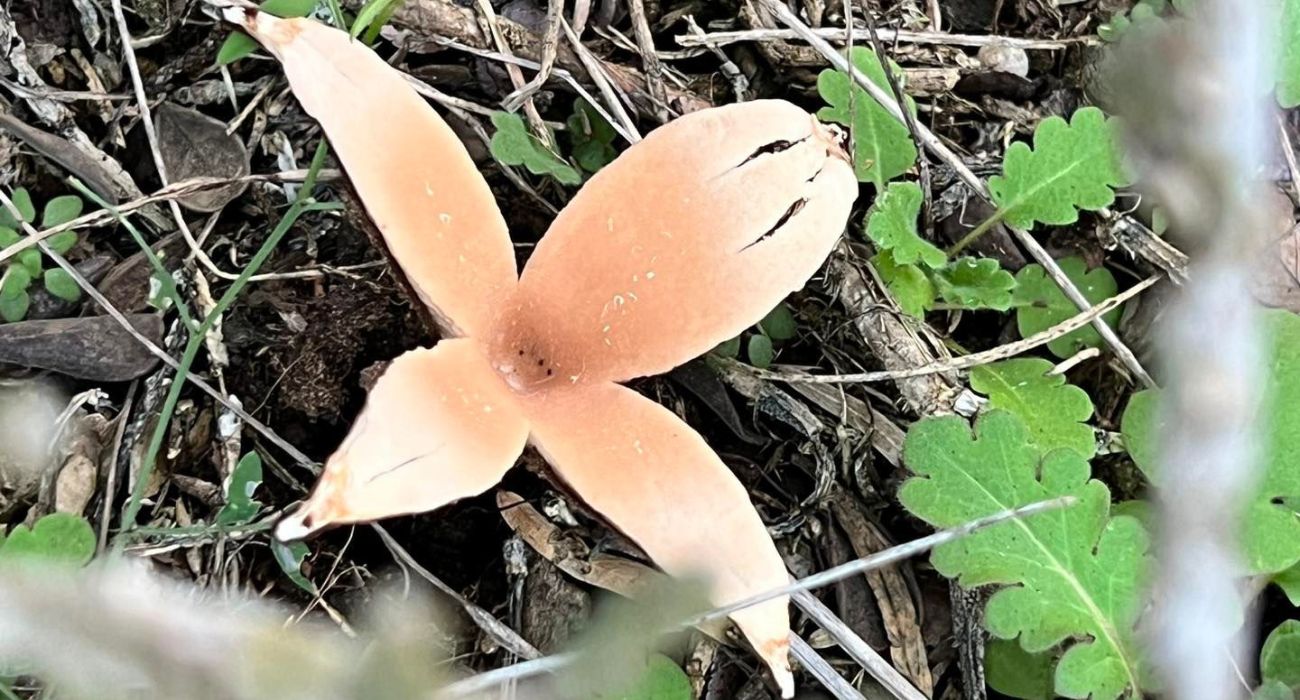One of the world’s rarest mushrooms was spotted along a trail in Inks Lake State Park in the Texas Hill Country over the weekend.
The mushroom will, at times, unfurl, according to officials, and emit a “strange hissing noise,” as it releases a “hazy cloud of spores,” according to the Fort Worth Star-Telegram.
The mushroom has several names. One is the Texas Star, but its nickname is the “Devil’s Cigar,” and its scientific name is Chorioactis geaster. Research scientist Bob O’Kennon with the Fort Worth Botanic Garden said that only a few hundred people are believed to have ever seen the rare mushroom.
Hill Country, where the mushroom was found, is about 70 miles northwest of Austin.
Park officials stated in a Facebook post, “The rare and rather unique, star-shaped fungus is highly selective about where it grows, mostly attaching to decaying cedar elm stumps in the central and northern parts of Texas.”
Where the Texas Star appears continues to puzzle scientists. Outside of Texas, the mushroom has been spotted in the area of Kyushu, Japan.
The mushroom was designated as the State Mushroom of Texas in July 2021.
It has only recently been sighted in Oklahoma. It was spotted there in January 2017, according to the University of Central Oklahoma.
As officials stated, the mushroom usually appears in late fall, emerging “as a dark brown, fuzzy capsule 3-4 inches in length.” This shape has inspired the name “Devil’s Cigar.”
The inspiration for its name, Texas Star, stems from the fact that “as this fungus matures, it splits open from its apex and forms a good-sized, brightly colored star, and naturally, we have always thought it made sense for it to become the state fungus of the Lone Star State,” explained researcher Harold W. Keller, per the Fort Worth Star-Telegram.
Mushrooms grow where decaying things are, helping them decompose. The Texas Star can often be seen near decomposing cedar elm trees, according to the Houston Chronicle.






